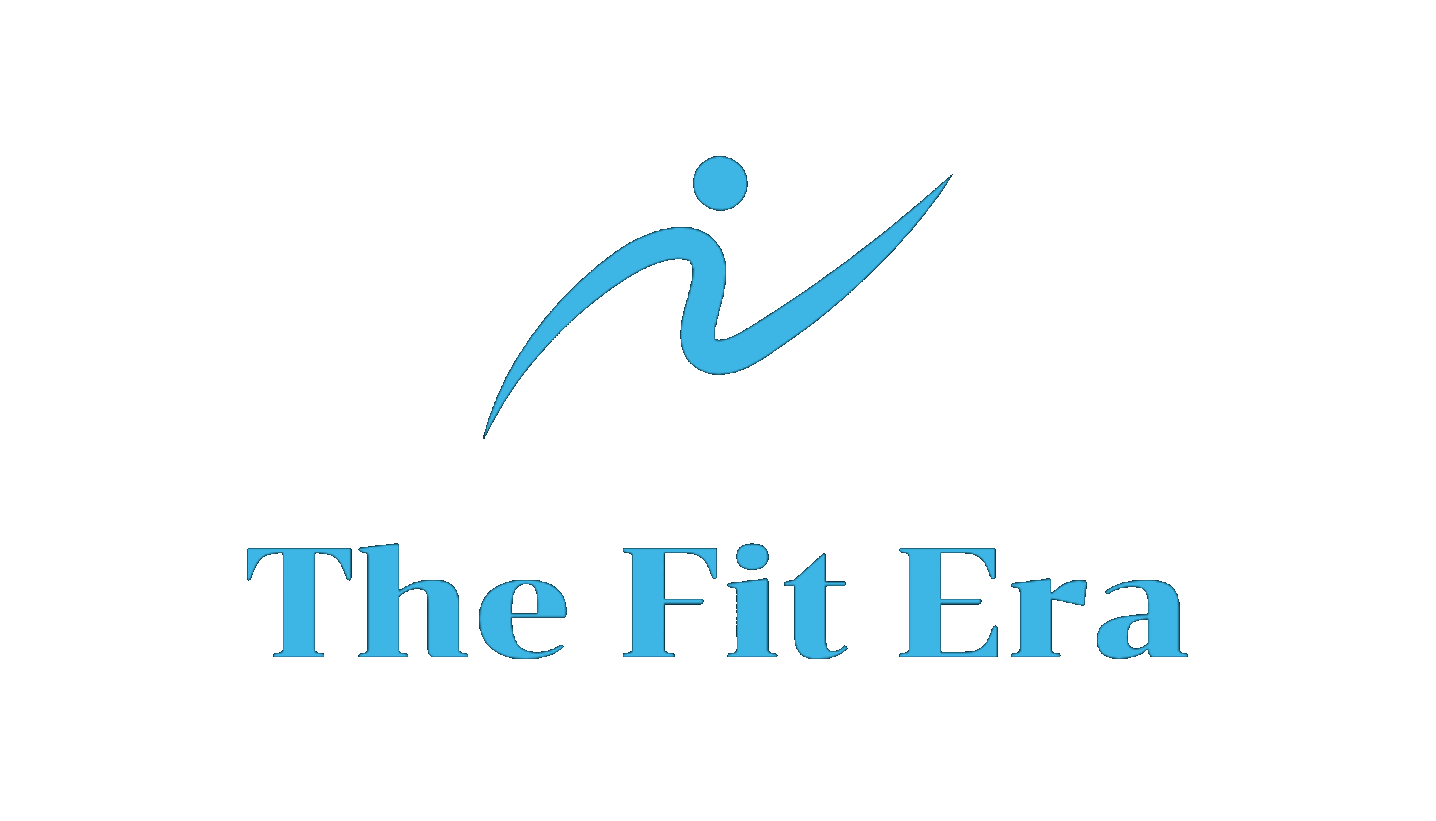
Best Handball Player Diet: Essential Nutrition Strategies for Optimal Performance
Handball is a fast-paced, high-intensity sport that requires explosive power, agility, and stamina. Whether you’re sprinting across the court, jumping to block a shot, or launching the ball at high speeds, your body demands a balanced, performance-driven diet. This guide delves into the essential nutrients, meal timing strategies, and sample meal plans that can help you stay at the top of your game.

Why Nutrition Matters in Handball
Sustained Energy
Handball involves constant movement—quick sprints, rapid direction changes, and continuous defensive play. Carbohydrates provide the fuel needed for these repeated bursts of speed.Muscle Strength and Endurance
Lean protein sources help repair muscle fibers broken down by intense drills and collisions, maintaining both strength and agility.Mental Focus
A balanced diet stabilizes blood sugar levels, helping you remain alert during critical moments in a match.Injury Prevention
Proper intake of vitamins and minerals can reduce inflammation, strengthen bones, and support recovery from common handball injuries (e.g., shoulder strain, knee stress).
Key Nutritional Components for Handball
1. Carbohydrates for Quick Energy
Role: Primary energy source for rapid sprints, jumps, and sudden changes of direction.
Sources: Whole grains (brown rice, oats, whole-wheat pasta), fruits (bananas, berries), legumes (lentils, beans), and starchy vegetables (sweet potatoes).
Daily Target: Aim for 5–7 grams of carbs per kilogram of body weight, adjusting based on training intensity and match frequency.
2. Proteins for Muscle Repair
Role: Essential for rebuilding and repairing muscle tissue, which is heavily taxed in handball’s high-impact environment.
Sources: Lean meats (chicken, turkey), fish (salmon, tuna), dairy (Greek yogurt, cottage cheese), eggs, and plant-based options (tofu, quinoa, legumes).
Daily Target: 1.2–2.0 grams of protein per kilogram of body weight, depending on training intensity.
3. Healthy Fats for Endurance and Hormonal Support
Role: Provide a dense source of energy and aid in hormone production—crucial for recovery and muscle growth.
Sources: Avocados, nuts (almonds, walnuts), seeds (chia, flax), olive oil, and fatty fish (mackerel, sardines).
Daily Target: 20–30% of total daily calories from fats, focusing on unsaturated fats.
4. Micronutrients and Hydration
Role: Support overall health, immunity, and bone density—vital in a contact sport like handball.
Key Micronutrients:
Calcium and Vitamin D for bone health (dairy, fortified milks, sunlight exposure).
Iron for oxygen transport (red meat, spinach).
Antioxidants (Vitamins C and E) to reduce inflammation (citrus fruits, nuts, seeds).
Hydration: Proper fluid intake prevents fatigue, aids temperature regulation, and supports muscle function.
Meal Timing and Structure
Pre-Match or Pre-Training Meal (2–3 Hours Before)
Why: Load up on energy reserves without causing digestive discomfort during rapid play.
Focus: High in complex carbs, moderate protein, low to moderate fats.
Example: Whole-wheat pasta with grilled chicken and a side of steamed vegetables.
Post-Match or Post-Training Meal (Within 30–60 Minutes)
Why: Replenish glycogen stores and jump-start muscle repair.
Focus: Fast-digesting carbs, lean protein, some electrolytes.
Example: Protein shake with a banana or Greek yogurt topped with berries and honey.
Daily Meal Structure
Breakfast: Complex carbs + moderate protein (e.g., oatmeal with berries and a boiled egg).
Lunch: Balanced plate with lean protein, whole grains, and veggies (e.g., quinoa salad with chicken and mixed greens).
Dinner: Emphasize protein and nutrient-dense carbs (e.g., salmon, brown rice, and roasted zucchini).
Snacks: Incorporate 2–3 healthy snacks to maintain steady energy levels (e.g., hummus with carrot sticks, fruit with yogurt).
Sample 3-Day Meal Plan for Handball Athletes
Below is a 2,500–3,000 calorie plan. Adjust portion sizes for individual needs.
Day 1
Breakfast (7:00 AM): Oatmeal with sliced bananas and almond butter; low-fat milk.
Mid-Morning Snack (10:00 AM): Greek yogurt with honey and strawberries.
Lunch (12:30 PM): Whole-grain wrap with turkey, avocado, lettuce, and tomato; side of carrot sticks.
Afternoon Snack (3:00 PM): Handful of almonds; an apple.
Dinner (6:30 PM): Grilled chicken breast, sweet potato, steamed broccoli.
Evening Snack (9:00 PM): Cottage cheese with pineapple chunks.
Day 2
Breakfast (7:00 AM): Smoothie with spinach, berries, protein powder, and almond milk; whole-grain toast.
Mid-Morning Snack (10:00 AM): Trail mix (nuts, seeds, dried fruit).
Lunch (12:30 PM): Quinoa salad with chickpeas, diced peppers, and feta cheese; side of mixed greens.
Afternoon Snack (3:00 PM): Banana with peanut butter.
Dinner (6:30 PM): Salmon fillet, brown rice, roasted zucchini.
Evening Snack (9:00 PM): Yogurt parfait with granola and berries.
Day 3
Breakfast (7:00 AM): Whole-grain pancakes topped with fresh fruit; scrambled eggs.
Mid-Morning Snack (10:00 AM): Protein bar or homemade protein balls.
Lunch (12:30 PM): Chicken stir-fry with vegetables (bell peppers, onions, carrots) over brown rice.
Afternoon Snack (3:00 PM): Fruit smoothie (banana, spinach, Greek yogurt, honey).
Dinner (6:30 PM): Lean beef (or turkey) burger on a whole-grain bun, side salad with vinaigrette.
Evening Snack (9:00 PM): A cup of warm milk or chamomile tea with a small bowl of mixed nuts.
Hydration Tips
Before Training: 16–20 oz of water 1–2 hours before.
During Training/Matches: 7–10 oz every 10–20 minutes, or as needed.
After Training: 16–24 oz of water or electrolyte drink for every pound lost. Weighing yourself before and after can guide rehydration needs.

Position-Specific Considerations
Backcourt Players (Left, Center, Right Backs)
Focus: Explosive shots, frequent jumps, and rapid direction changes. Higher carbohydrate intake for quick energy.
Wings and Circle Runners
Focus: Agility, speed, and sustained bursts. Moderately high carbs and lean protein.
Goalkeepers
Focus: Reaction time and core strength. Balanced macronutrient distribution to maintain agility and power.
Conclusion
Handball demands explosive power, endurance, and quick recovery—all of which hinge on a well-rounded, performance-focused diet. By prioritizing complex carbohydrates for energy, lean protein for muscle repair, and healthy fats for hormonal balance, you’ll be prepared to dominate each match. Combine this nutritional approach with proper hydration, smart meal timing, and position-specific adjustments to elevate your on-court performance.
Looking for more sports nutrition insights?
Check out resources from TheFitEra for the latest on fueling athletes in high-intensity sports.
Stay consistent, track your progress, and make adjustments based on your individual training load and recovery needs. With the right diet, you can push your handball performance to new heights.
